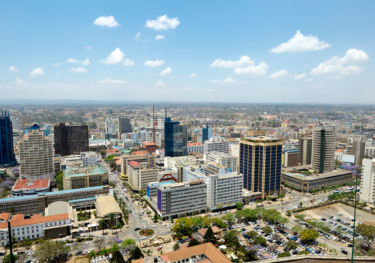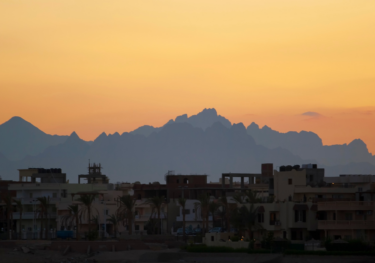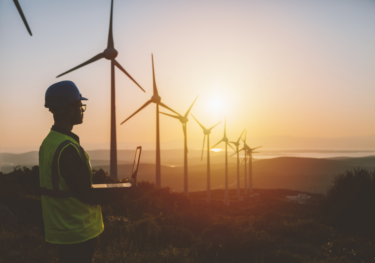Global sustainability scramble ushers in a new era for South Africa
Africa’s mineral riches are central to its history. However, the race to combat climate change has reignited interest in the continent given its vast deposits of critical minerals. Southern Africa, in particular, has received much attention with the development of several key transport corridors with the almost explicit purpose of scaling up the availability of these minerals on international markets. We set out to investigate the economic potential of the region in terms of its critical minerals while taking into consideration what the establishment of these corridors means for the regional economy.
What you will learn:
- Southern Africa’s economy has posted mediocre real GDP growth rates in recent years. This can largely be attributed to the poor performance of the South African economy, while recent logistical issues have promoted its regional counterparts to seek alternatives to South African ports. As a result, Botswana and Namibia are steaming ahead with the development of the Trans-Kalahari Railway. Elsewhere, the Lobito Corridor is being upgraded and expanded.
- Apart from critical minerals, the region is also making moves to capitalise on the use of transition fuels to reduce carbon emissions. Here, the recent COP28 agreement has provided a window of opportunity. Both South Africa and Mozambique are making strides toward becoming key natural gas suppliers in the region, while Namibia is seeking to leapfrog onto the global green hydrogen stage.
- Despite its failings, the South African economy should not be discarded too quickly. As the most industrialised economy in the region, South Africa still holds the potential to become a regional hub for manufacturing activities related to the global sustainability drive. More regional competitiveness may also prompt rapid policy reform. The expansion of transport networks, increased appetite for local intermediary value-adding activities, and South Africa’s industrial base may portend a more upbeat outlook for Southern Africa.

Tags:
Related Posts

Post
Africa: The long-term outlook for sub-Saharan African cities
Sub-Saharan cities will lead the way for GDP growth, but similarly strong demographic changes will limit gains in GDP per person, reaffirming the region’s position at the lower end of the development spectrum.
Find Out More
Post
The long-term outlook for Northern African cities
North African cities are forecast to experience some of the fastest rates of employment and population growth over the long term. GDP growth is also forecast to be near the top of the global pack, just trailing behind sub-Saharan Africa.
Find Out More
Post
It’s time to address the elephant in Africa ‒ transitioning to renewables won’t be easy
We have identified five key challenges Africa faces in transitioning to renewable energy at the scale needed to combat climate change and meet the continent's climate commitments. Perhaps the central challenge is the prevailing socio-economic conditions on the continent, which offer little wiggle room for governments to divert fiscal revenue to sustainability-related initiatives. With most African economies being relatively undiversified and many reliant on fossil fuel exports, the global transition to sustainable practices threatens economic losses if not mitigated ‒ emphasising the need to diversify economic activity.
Find Out More